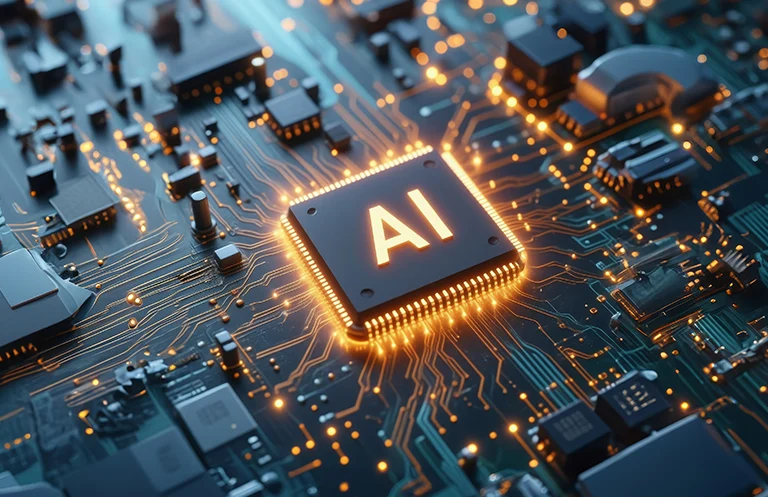Industry Categories
Technology Categories
Industry Categories
Technology Categories
Industry Categories
Technology Categories
Latest insights, solutions, and technologies that drive Product Engineering market. Stay tuned
Device Engineering
Accelerating your product design & development
Real-Time Video Stitching for Embedded Applications
September 26, 2025
Real-time SLAM Optimization for Autonomous Robots
September 22, 2025
Matter Protocol: Revolutionizing Home Robots
July 24, 2025
A Practical Guide to Plugin Architecture
June 23, 2025
Digital Engineering
Powering Digital Solutions from Devices to Cloud
Predictive Maintenance: The Future of Asset Management in Aerospace
September 30, 2025
Real-Time Video Stitching for Embedded Applications
September 26, 2025
Real-time SLAM Optimization for Autonomous Robots
September 22, 2025
Redefining Medical Imaging Diagnosis with AI
August 25, 2025
Quality Engineering
Ensuring customer delight through process compliance and product excellence
Mastering Customer Delight: Key Factors for Business Success
February 19, 2025
LINT and CDC in VLSI: Ensuring Robust Design and Verification
September 11, 2024
Silicon Engineering
Spec to Silicon Services
The Evolution of Fly-by-Wire Flight Control Systems
April 7, 2025
Building a Defect Detection Pipeline: The Simulator’s Way
February 13, 2025
LINT and CDC in VLSI: Ensuring Robust Design and Verification
September 11, 2024








